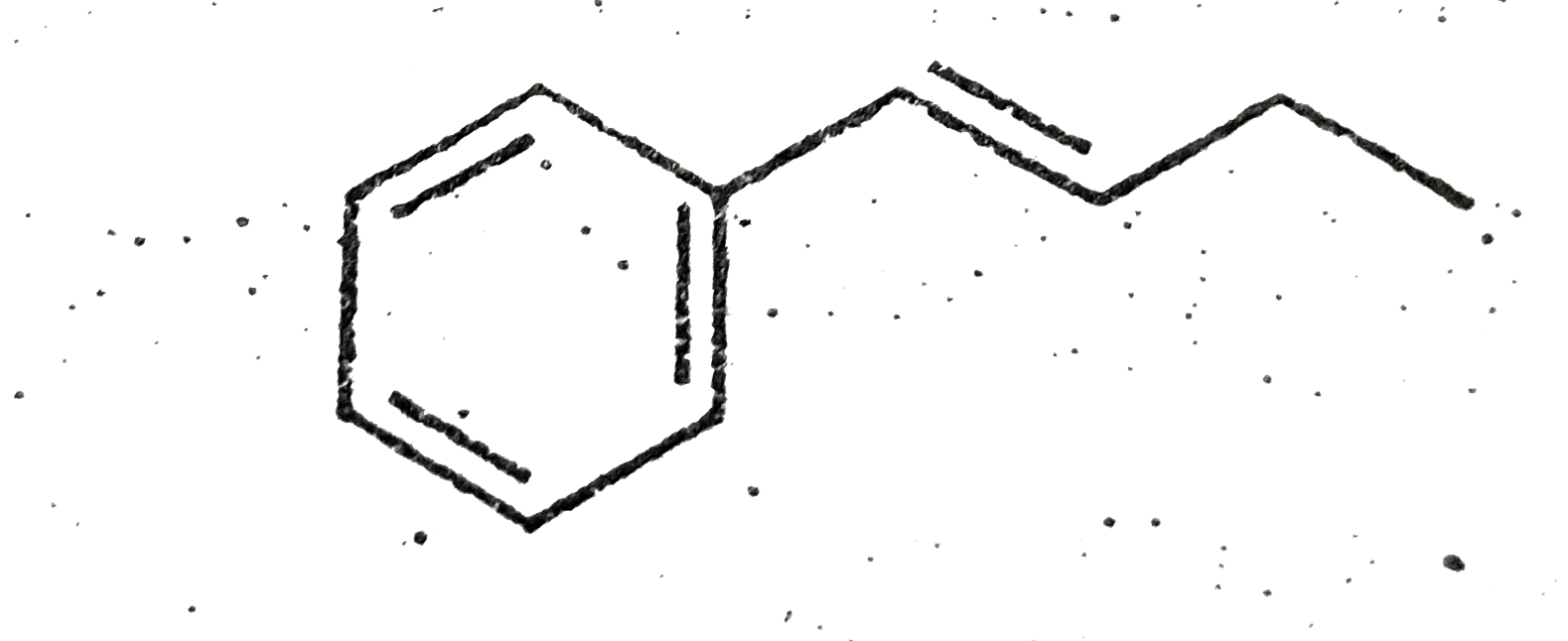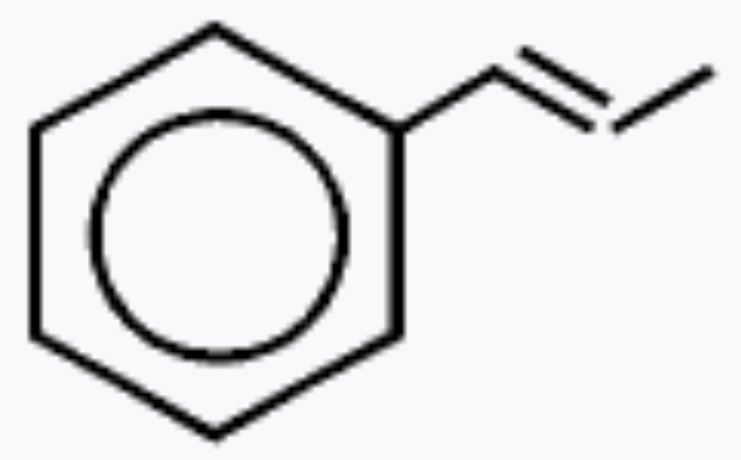How many type of bond lengths are there in SO2−3 ?
one
two
three
four
The correct Answer is:A
To determine how many types of bond lengths are present in the sulfate ion, SO2−3, we can follow these steps:
Step 1: Draw the Lewis Structure
The first step is to draw the Lewis structure for SO2−3. The sulfur atom (S) is the central atom, surrounded by three oxygen atoms (O). The overall charge of -2 indicates that there are two additional electrons.
- Sulfur has 6 valence electrons.
- Each oxygen has 6 valence electrons, and there are three oxygen atoms, contributing a total of 18 electrons.
- The two extra electrons from the -2 charge add 2 more electrons.
Total valence electrons = 6+18+2=26 electrons.
Step 2: Assign Bonds and Lone Pairs
In the Lewis structure, sulfur forms a double bond with one oxygen atom and single bonds with the other two oxygen atoms. The remaining electrons are placed as lone pairs on the oxygen atoms.
Step 3: Identify Resonance Structures
The next step is to identify the resonance structures. In SO2−3, the double bond can shift among the three oxygen atoms. This means we can draw multiple resonance structures where the position of the double bond changes.
1. Resonance Structure 1: S=O (double bond) with O and O (single bonds).
2. Resonance Structure 2: S=O (double bond) with O and O (single bonds) shifted.
3. Resonance Structure 3: S=O (double bond) with O and O (single bonds) shifted again.
Step 4: Calculate Bond Order
The bond order for each sulfur-oxygen bond can be calculated as follows:
Bond Order=Total number of bonds in all resonance structuresNumber of resonance structures
In this case, each resonance structure contributes to the bond order. There are three resonance structures, and each bond contributes to the overall bond order.
- Total bonds = 4 (1 double bond + 2 single bonds in each structure)
- Number of resonance structures = 3
Thus, the bond order for each SO bond is:
Bond Order=43≈1.33
Step 5: Determine Bond Lengths
Since all sulfur-oxygen bonds have the same bond order (1.33), they will also have the same bond length. The bond length is inversely related to bond order; thus, if the bond order is the same, the bond lengths will also be the same.
Conclusion
In SO2−3, there is only one type of bond length present because all sulfur-oxygen bonds are resonance stabilized and have the same bond order.
---
The first step is to draw the Lewis structure for SO2−3. The sulfur atom (S) is the central atom, surrounded by three oxygen atoms (O). The overall charge of -2 indicates that there are two additional electrons.
- Each oxygen has 6 valence electrons, and there are three oxygen atoms, contributing a total of 18 electrons.
- The two extra electrons from the -2 charge add 2 more electrons.
In the Lewis structure, sulfur forms a double bond with one oxygen atom and single bonds with the other two oxygen atoms. The remaining electrons are placed as lone pairs on the oxygen atoms.
The next step is to identify the resonance structures. In SO2−3, the double bond can shift among the three oxygen atoms. This means we can draw multiple resonance structures where the position of the double bond changes.
2. Resonance Structure 2: S=O (double bond) with O and O (single bonds) shifted.
3. Resonance Structure 3: S=O (double bond) with O and O (single bonds) shifted again.
The bond order for each sulfur-oxygen bond can be calculated as follows:
- Number of resonance structures = 3
Since all sulfur-oxygen bonds have the same bond order (1.33), they will also have the same bond length. The bond length is inversely related to bond order; thus, if the bond order is the same, the bond lengths will also be the same.
In SO2−3, there is only one type of bond length present because all sulfur-oxygen bonds are resonance stabilized and have the same bond order.
Topper's Solved these Questions
- BOOK - VMC MODULES ENGLISHCHAPTER - CHEMICAL BONDING & MOLECULAR STRUCTURE EXERCISE - PRACTICE EXERCISE36videos
CHEMICAL BONDING & MOLECULAR STRUCTURE
- BOOK - VMC MODULES ENGLISHCHAPTER - CHEMICAL BONDING & MOLECULAR STRUCTURE EXERCISE - IN-CHAPTER EXERCISE-A10videos
CHEMICAL BONDING & MOLECULAR STRUCTURE
- BOOK - VMC MODULES ENGLISHCHAPTER - CHEMICAL BONDING & MOLECULAR STRUCTURE EXERCISE - IN-CHAPTER EXERCISE-L9videos
CHEMICAL BONDING & MOLECULAR STRUCTURE
- BOOK - VMC MODULES ENGLISHCHAPTER - CHEMICAL BONDING & CHEMICAL STRUCTURE EXERCISE - IMPECCABLE50videos
CHEMICAL BONDING & CHEMICAL STRUCTURE
- BOOK - VMC MODULES ENGLISHCHAPTER - CHEMICAL BONDING-I & IIEXERCISE - JEE Advanced (Archive)98videos
CHEMICAL BONDING-I & II
Similar Questions
Knowledge Check
- Question 1 - Select One
How many and what types of bonds are present in NH+4?
AFour covalent bondsBThree covalent bonds and one ionic bondCFour ionic bondsDThree covalent bonds and one coordinate bond
How many bonds are there in
 View Solution
View SolutionHow many types of cells are known
View SolutionHow many bonds are there in
 . View Solution
. View SolutionHow many dpi-per bonds are there in XeO4?
View SolutionHow many phosphodiester bonds are there in ATP
View SolutionHow many equitorial bonds are there are in PCl5 ?
View SolutionHow many π− bond does C2 have ?
View Solution

